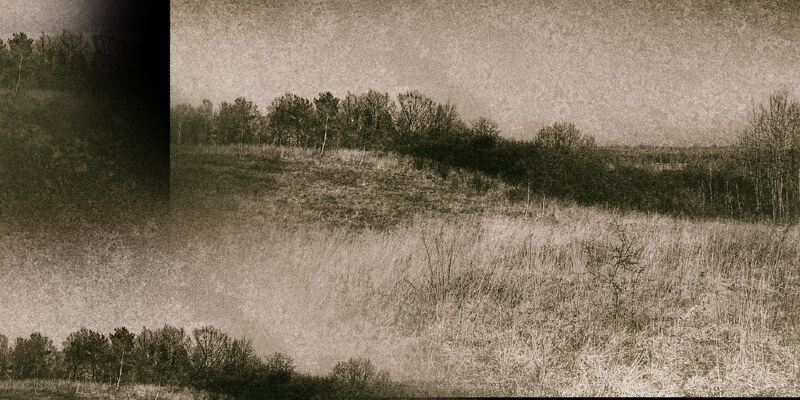Planning is crucial to landscaping a lawn efficiently and effectively. It saves time and money by lessening the chances of delays when landscaping starts, creates an perfect environment for introducing additional and new features, and helps you determine the job’s budget by detecting any property conditions that might lead to additional expense once the work starts. After creating a reasonable plan for the features you would like in your lawn, organizing and making the preparations sets the program in motion.
Assess and make an inventory of your lawn’s permanent constructions, and map their placement. This enables you to concentrate on areas most affected by the project and their specific preparation requirements. As an example, if you are thinking about adding a pond, you want to understand the locations of any unseen hazards, like underground electricity lines, along with the pond’s closeness to an electrical source, to force it.
Eliminate all organic and inorganic debris, rubbish, dead plant life and weeds in the lawn. Debris contains unnecessary rocks, fallen leaves, woody material, vegetable and food waste. Rubbish consists of plastic bags, animal waste, toxic waste and household waste. You may add nondiseased dead plant life to your compost pile, if desired. Remove weeds by hand pulling or, even if your lawn is large, employing a selective post-emergence herbicide. Selective herbicides, like those containing the active ingredients MCPP, 2, 4-D or dicamba, eradicate weeds while sparing healthy plant life.
Prune all plant life that will stay part of this landscape using bypass pruners, lopping shears or garden shears. The pruning techniques utilized, like pruning back or limbing up, will vary depending on the type and condition of the tree, shrub or flower. However, whatever the varietal, remove all limbs, branches and leaves that are weak, diseased or dying. You may add pruned side effects to your compost pile, if desired.
Eradicate all diseases from contaminated crops to stop transmission to the plant life you enhance your landscape. Fungal diseases, like Diplocarpon rosae, release spores that become airborne and infect other plant life. Depending on the disease and its seriousness, you must remove the infected plant and ruin it, remove the diseased portion of the plant and destroy it, or care for the plant using a suitable fungicide. Consult a specialist for assistance identifying and treating diseases.
Eliminate any softscape and hardscape features that don’t fit into your landscaping program. Softscape features include bushes, plants, trees and other vegetation. Hardscape features include paving, fountains and retaining walls. Consult a professional when eliminating hardscape features unless you’ve got expert knowledge and experience.
Prepare your lawn for new sod by removing the old roots and grass using a sod cutter. Sod cutters strip the yard of the roots and grass, leaving bare soil. Till the lawn to a depth of about 8 inches; remove any rocks; insert your soil amendments, like organic compost; and till again. After tilling, smooth your lawn using a lawn roller, and lay your sod when prepared.
Determine your home’s water pressure in case your landscaping program includes an irrigation program. Although several steps are needed to set up an irrigation system, installing one before landscaping saves money and time. After deciding your water pressure from an outside faucet, then you must match a irrigation line to one that fits your water service, learn your water-service flow speed, map the sprinkler layout, and decide what places the system will cover.
